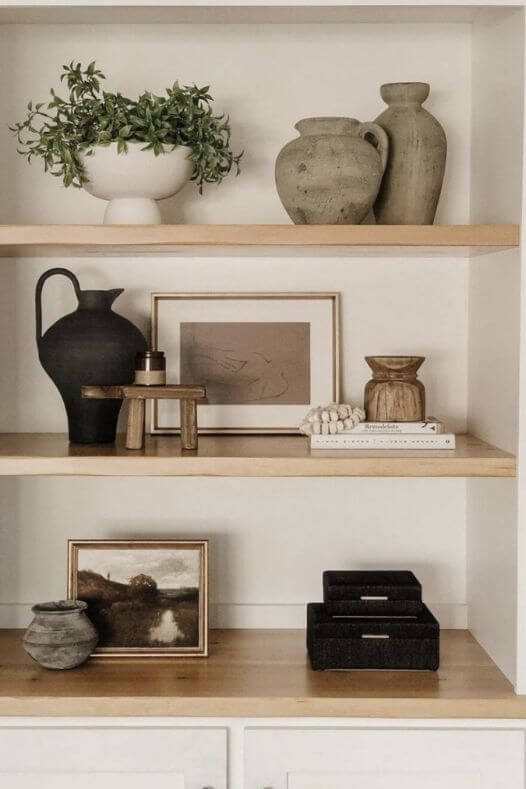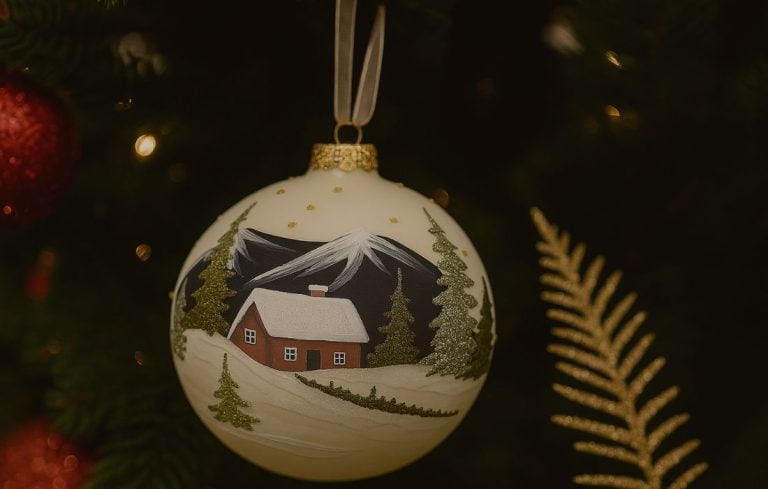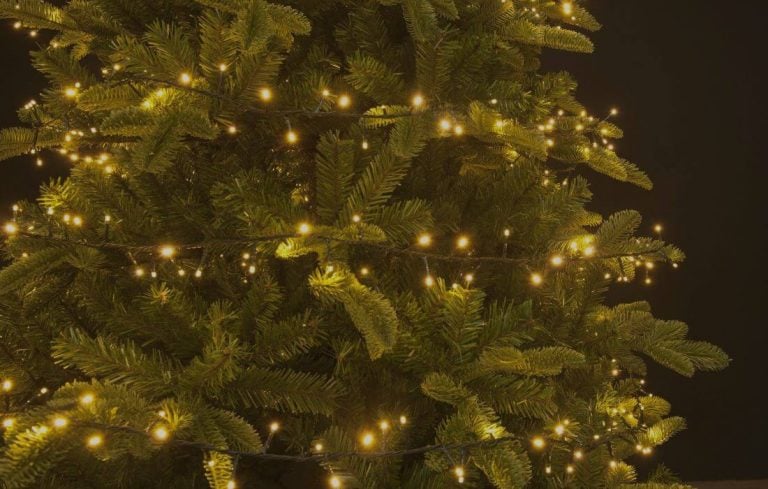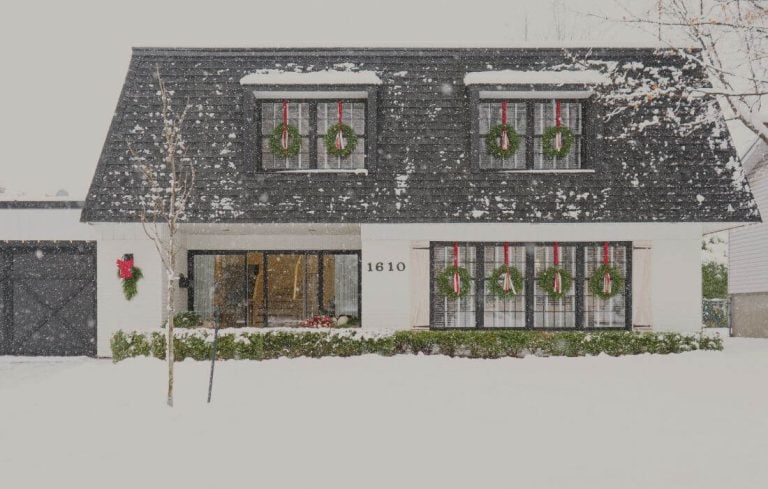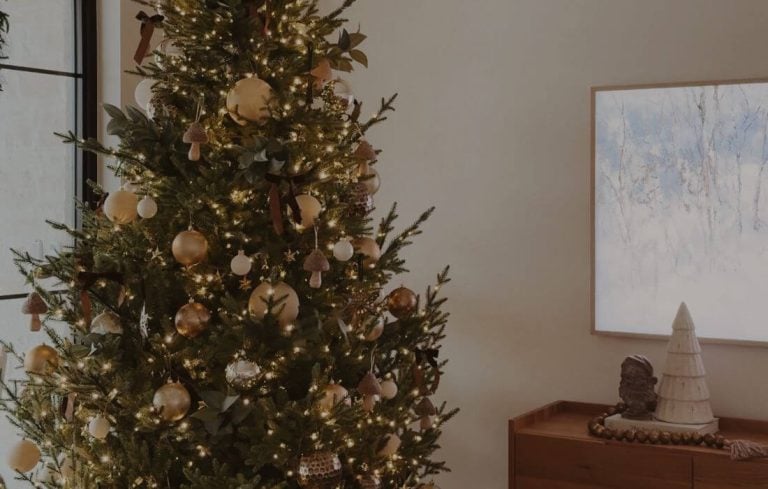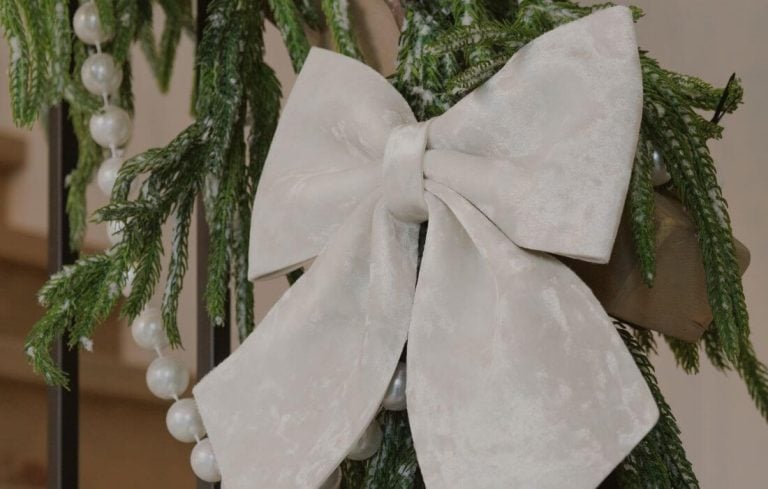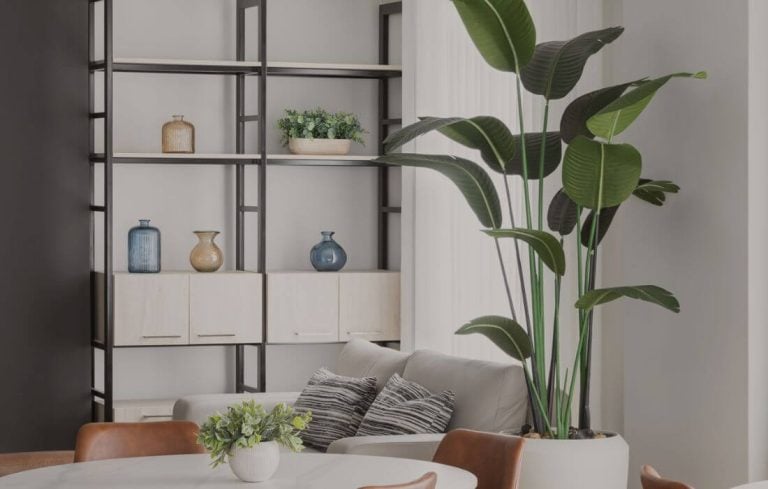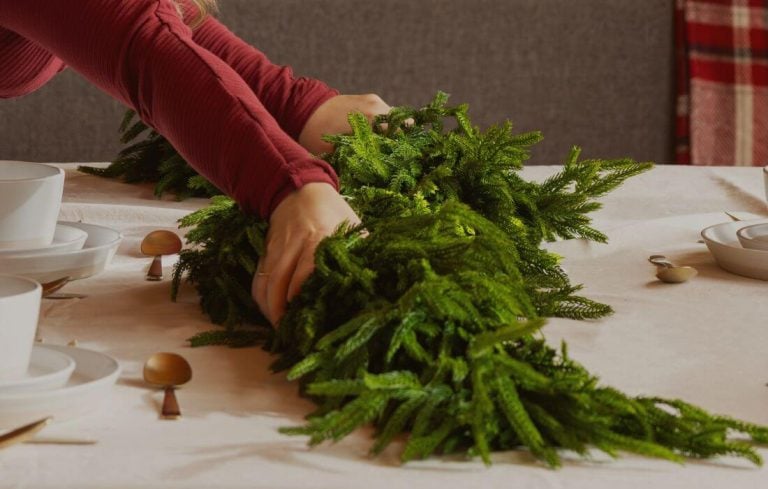When modern style meets traditional, we call it a transitional decor. Also known as classic modern decor, transitional design is known for being timeless, by blending the warmth of oak with more contemporary accessories. Combining comfort and minimalism, this home decor style offers the best of both worlds. See what materials to choose and how to achieve a transitional decor, through this article.
Where does the transitional design come from?
The transitional style is quite new but has been really transformed during the 2010s. This trend has been influenced by modern and minimalist aesthetics, while still retaining the comfortable elements that are unique to traditional classic decors. Initiating the style on a larger scale, designer Shea Mcgee has been showcasing the transitional style in her remodeling projects since 2014. You can see her work on many Pinterest pictures, like this one below.
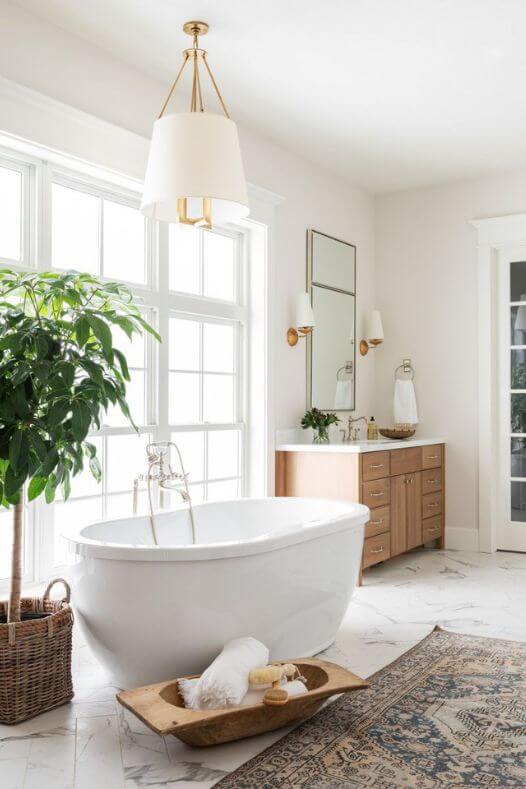
The basics of the transitional style
Some basic principles are necessary to master this decor. In fact, there are several features that can help you recognize the style. The followings are among them, so if you are thinking of getting it, refer to this summary list:
- Have a balance of traditional and minimalist elements
- Combine straight lines with round shapes
- Add an impressionist frame and/or a traditional rug
- Use dark colors as accents only
- Choose comfortable furniture
- Mix materials such as glass, metal, wood and rattan
- Include antique pieces
The choice of colors
All transitional decorations have one thing in common: the choice of colors. White and beige tones will be prioritized on the walls and sofas, while colors such as grey, brown and navy blue will be used in home accents or kitchen cabinets. We prioritize neutral colors… and we get rid of colors that are too vibrant like pink or bright yellow.

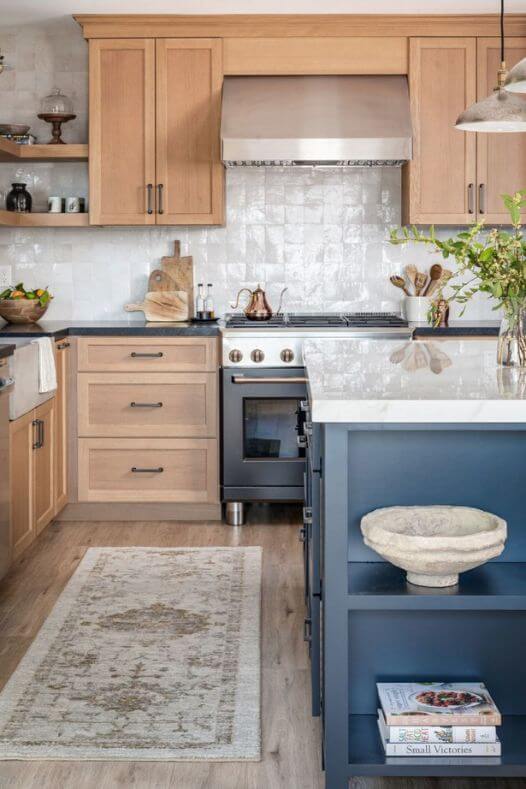
The choice of materials
As for materials, go for white marble, leather, gold metal and linen. For wood, prefer blond wood like natural oak. Using natural materials is very important in your choices of furniture, cabinets, lighting, sofas and textiles. In the living room, a wool, linen, leather or cotton cushion will dress up your sofa while bringing a transitional touch to the decor.

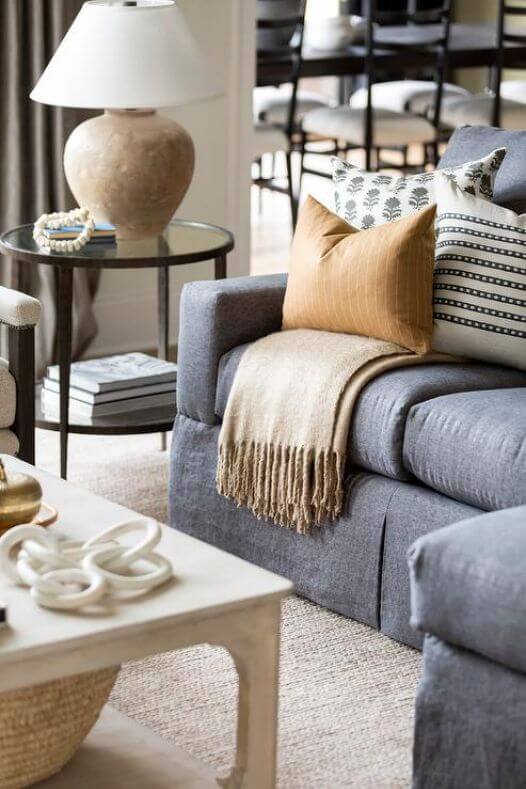
Transitional artificial flowers and plants
Many transitional settings are enhanced with a green plant or a flower bouquet to make it more natural. Artificial olive trees, snake plants, ficus and eucalyptus are strongly suggested. For flowers, a few simple stems in a vase are enough, no need for elaborate arrangements. Prefer white flowers and green flowers to compose your centerpiece or bouquet. For example, hydrangeas, lilacs, roses, dried flowers and wild flowers.
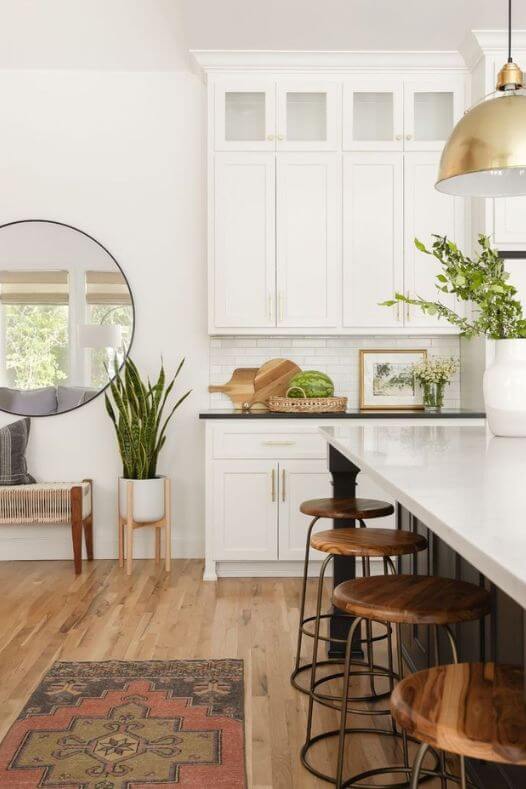
The place of vases and pottery
In the transitional style, decorative vases have an important place. Choose handmade pottery to leave as is for decoration on a shelf or to fill with foliage. You could also place decorative bowls, candlesticks, candles and books around it. Wood beads in a vase or spread out on a shelf can also be a reminder of your wooden accessories or furniture.
